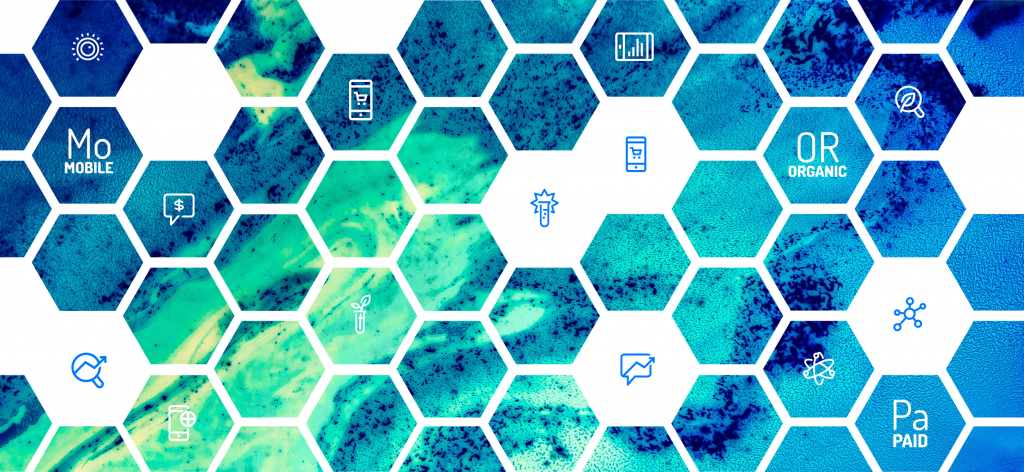
Marketers traditionally think of owned, earned, and paid media as separate. Marketers traditionally also pass up massive multiples of extra success by not synergizing channels.
But how do you synergize paid, earned, and owned media?
How do you make them … better together?
This is the fifth in a series titled Better Together: The Elements of Paid & Organic Marketing.
(Get the full free report here.)
- Part 1: Achieving massive ROI — up to 9X — via channel synergies
- Part 2: Exploring how paid boosts organic, and organic feeds paid
- Part 3: Analyzing all marketing channels by “degree of mobility”
- Part 4: Building paid, earned, and owned into marketing mix modeling
OK, let’s get practical.
Blended and synergistic
Paid, earned, and owned are not separate. They are blended.
You own a website, but you earn good search ranking via SEO strategies and publishing strong content. You own an app, but you earn virality — which prompts users to share it with others — and you earn engagement, which helps keep users in your app. You “own” a Twitter handle with 5 million followers, or a Facebook page with 500,000 fans, but you earn the right to be heard — or shared — by posting things that are relevant to what your followers care about.
And paid is mixed right in.
Some say organic social on Facebook is dead. So you juice a video with paid in your owned channel and hope to see additional earned views, likes, and shares. Your app isn’t getting traction on Google Play, so you run some user acquisition campaigns. The paid acquisition juices installs, which signals success, and users engage in your app thanks to your onboarding strategy, push messaging, and other forms of in-app marketing, which are signals to Google that improve your earned ranking.
“What you own does not even need to be organic,” says TUNE VP of Customer Success Ian Sefferman. “For instance, I own my email list … but that email list could have been bought. Earned is often just considered to be PR, but it’s far more. SEO is definitely earned. ASO is definitely earned. And I don’t own my position on Google or the App Store, but I do earn them!”
Turning insight into action
To not just understand how organic and paid marketing channels interoperate but also take advantage of that synergy, marketers need tools.
Here are a few that matter.
Attribution
As mentioned before, everything starts with attribution. Until brands know what marketing causes are driving which desired effects, they cannot tweak strategies intelligently.
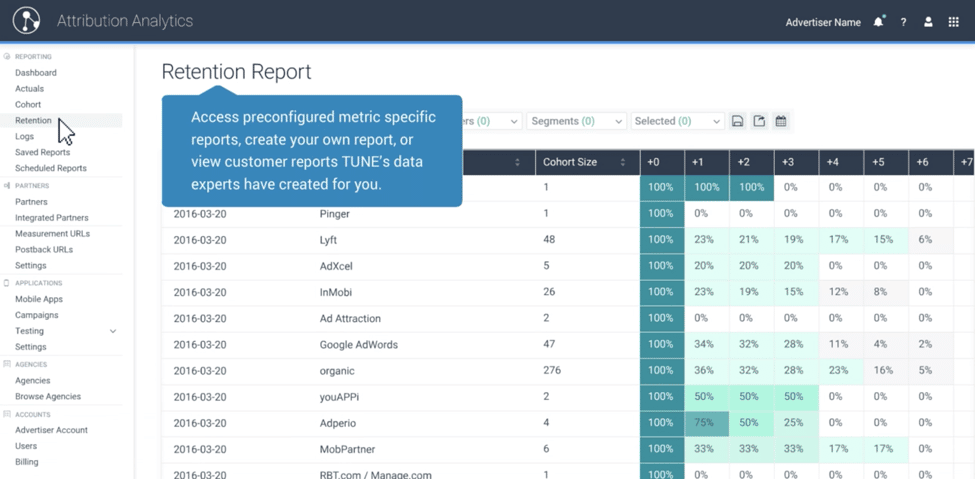
Attribution can be done in multiple ways, but a core requirement is that it be people-based, not device-based.
That means whatever activity a prospect has undertaken — whether it be on the web, in an app, in-person, or via another channel — is attached to the person behind the action, not the smartphone or laptop or other device that they may have used.
Organic analytics
If marketers are focused on building their owned channels, they need to understand how successfully they’re working with those platforms to generate organic buzz and business.

Ideally, your organic analytics tools don’t just report data, they also suggest and enable optimization strategies to improve earned and owned results.
Also ideally, they are hooked directly into your attribution engine, so you can not only see your organic and paid performance side by side, but also see how optimizing owned media results in additional performance lift.
Owned engagement
Organic analytics are nice.
Tools to enable easy engagement with owned audiences are even better … especially in modern channels with extensive two-way feedback. Apps are a great example, but messaging bots are another, as, frankly, are websites with support/sales/service chat channels.
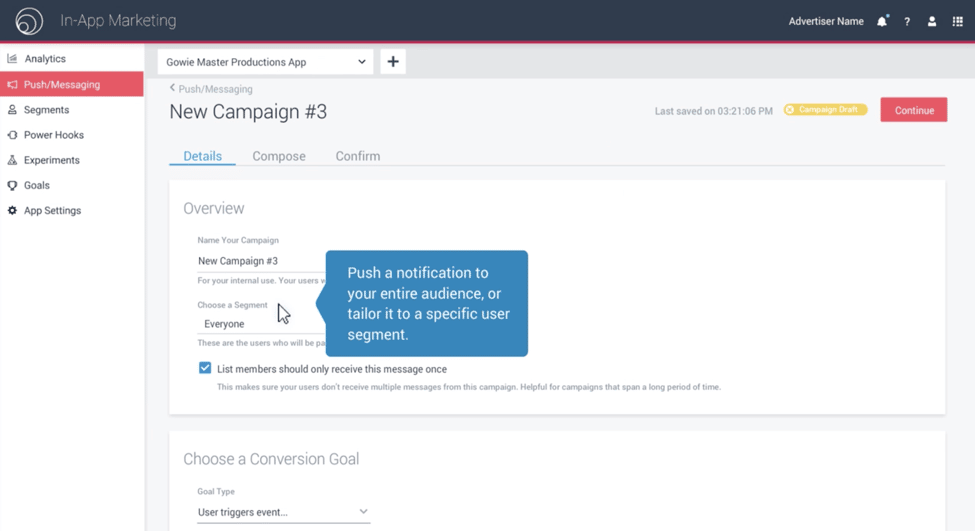
Marketers need mechanisms that give them the ability to nurture and communicate with communities of customers in their owned outposts. And it makes the most sense if these tools are fully integrated into their attribution and organic analytics systems.
Paid optimization
Optimizing Facebook ads is easy. And Google ads is also very, very simple with on-platform tools.
But how do marketers know whether to pour more spend into Google, or Facebook, or sponsoring an email list, or holding an event, or running a TV commercial?
They need tools to compare ROAS across platforms and across partners.
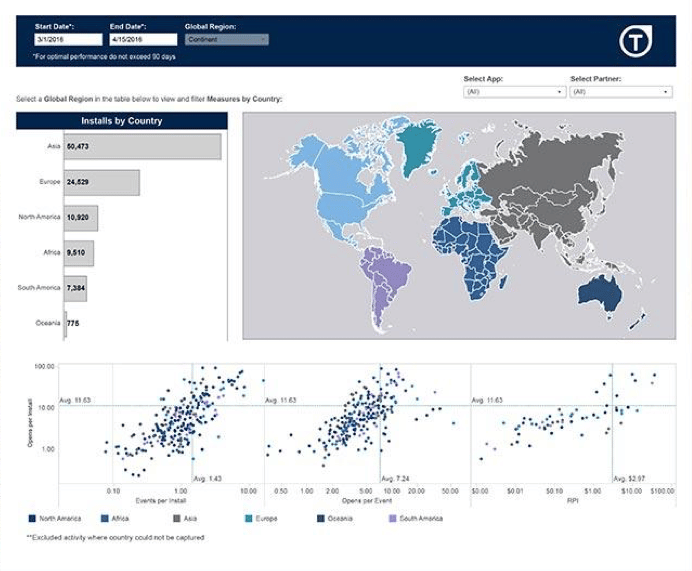
Only by integrating both structured and unstructured data from dozens if not hundreds of ad partners can marketers see normalized return on ad spend that can help them make bigger strategic allocation decisions, rather than small, tactical, platform-by-platform choices.
Summing up: get the full report
This has been a five-part blog series on Better Together: The elements of paid & organic marketing. Get the full free report here.
All marketers intuitively know that channels are interdependent and customer journeys are complex. That paid channels influence each other as well as organic, and that organic inputs impact paid outputs.
The problem, of course, is that for most marketers, not all of this is easily seen.
And so we make mistakes of past attribution and errors in future allocation.
Get the full report to see specific cases in which marketers went the extra mile, discovered dependent relationships, and specifically documented cross-channel lift. The ground-level truth is this: better brand awareness and affinity leads to better marketing in general.
Your challenge is to take these learnings and apply them via attribution tools, organic discovery insights, and engagement opportunities, and paid optimization capability. At TUNE, we’d love to help.
Author
Before acting as a mobile economist for TUNE, John built the VB Insight research team at VentureBeat and managed teams creating software for partners like Intel and Disney. In addition, he led technical teams, built social sites and mobile apps, and consulted on mobile, social, and IoT. In 2014, he was named to Folio's top 100 of the media industry's "most innovative entrepreneurs and market shaker-uppers." John lives in British Columbia, Canada with his family, where he coaches baseball and hockey, though not at the same time.

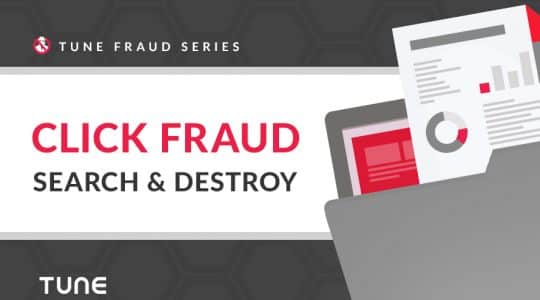

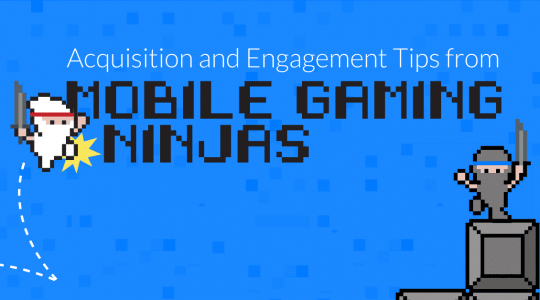
Yes Agree with you that when you are getting good amount of organic traffic then you should invest some amount of money for paid that will boost your traffic more then before.